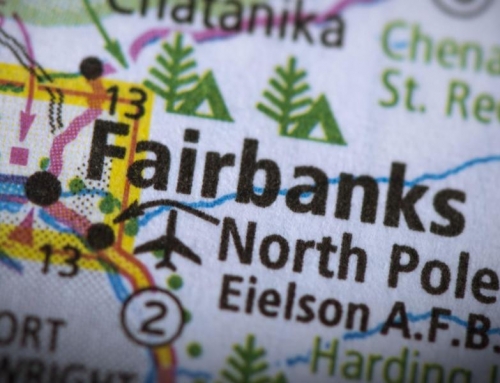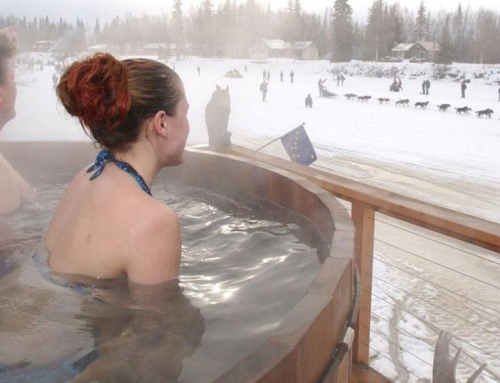17 Science Fact About the Aurora!

Greetings, everyone– I’m Northern Lights Ned and I’m here to remind you that there is a science to your Alaskan Adventure. My lab has been busy researching the aurora, and we have found some very interesting science facts! Perhaps you can impress your friends!

1. The Aurora comes in different shapes
Upon studying the aurora over time, scientists have discovered that there are at least five different unique shapes that the northern lights can take. These shapes include: arcs, bands, rays, diffuses, and coronas. For more information on these shapes, check out my article “What Types of Aurora Can I See?” on this website!
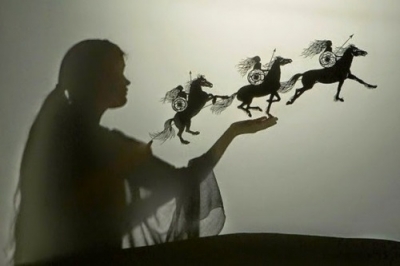
2. The Aurora has inspired great folklore and mythology!
From a sociological standpoint, the science behind the folklore of the northern lights is as fascinating and varied as those who have gazed upon them. The Norse of years past believed that the aurora was the road to Valhalla– the paradise of their afterlife beliefs. The indigenous Inuit Tribes high above the Arctic Circle believe that the aurora was a manifestation of their passed ancestors which were often mischievous or even dangerous to children who do not behave! Contrary to the indigenous beliefs, many modern cultures believe that– due to its mysterious and elusive nature– to see the aurora is truly a lucky and auspicious opportunity in one’s life!

3. A rose by any other name…
The name “Aurora Borealis” was originally coined by none other than Galileo Galilei– with ‘Aurora’ signifying the Greek Goddess of dawn and morning, and ‘Borealis’ referring to the Greek word for wind. Thus, the aurora was first described as a wind of light!

4. Exploration spreading like fire!
From Galileo’s first observations of the northern lights in 1619, research and exploration continued. The idea of the aurora being caused by particles reacting in the atmosphere was first spun by Swedish scientist, Sun Arnelius in 1708– and further refined by the published scientific journals of Sir Edmund Halley in 1716. This was the beginning of the modern geophysical research dedicated to the Aurora!
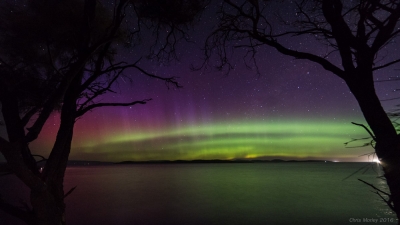
5. The Aurora Appears the Same on the Opposite Side of the World…
Just as in the northern regions of the world one can witness the aurora borealis, near the South Pole the aurora astralis, or southern lights occur! The southern lights are more difficult to view because there is less (if any) infrastructure to see them– the weather conditions are much too extreme in Antarctica! Due to the similar flow of solar wind from the sun affecting both the North Pole and South Pole at the same time, a fun fact is that the aurora borealis in the North and the aurora astralis in the South mirror each other at any given time!

6. …But No Two Aurora Displays are the Same!
When you are special enough to see the aurora– you can feel special knowing that your night was truly unique as there will never be an aurora show exactly the same as the one you just saw!
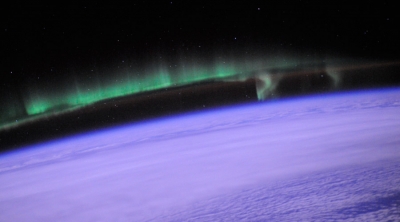
7. How High Can You Go?
The northern lights occur anywhere from 60 to 400 miles above the Earth! The level in which the aurora exists is one of the determining factors dictating color, shape, and overall visibility of the aurora display!

8. How Low Can You Go?
During periods of incredible auroral activity caused by extremely atypical solar storms, the northern lights can be seen in very unlikely southern places on our globe. In the past the northern lights have been witnessed in destinations such as Singapore and Honolulu, Hawaii!

9. “Atypical Solar Storms” Did You Say?
One of the most intense solar storms in modern history occurred in September of 1859, also known as the Carrington Event. This storm was so powerful that when it hit Earth, it allowed telegraph operators to send and receive messages … even with all of their equipment disconnected from power! If such an event happened in today’s technology-driven world, it would cause widespread blackouts and massive damage to most electrical grids the world over!
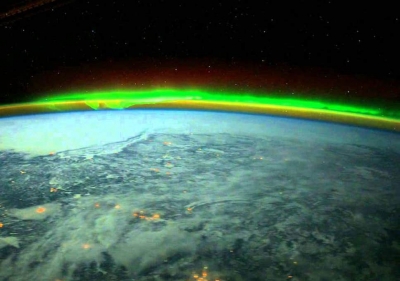
10. through 14. Five Quick Aurora Mini-Facts from Outer Space!
- Coronal Mass Ejections (caused by solar flares) can sometimes be larger than the sun itself!
- Other planets have aurora as well, however the appearance greatly differs depending on the intensity of the solar wind and the density of the planet’s atmosphere.
- If you could harness just a one-pound equivalent of the sun’s energy, it could drive a car non-stop for 10,000 years!
- Earth’s magnetic field extends tens of thousands of miles into space; however Jupiter’s magnetic field reaches all the way to its neighboring planet, Saturn!
- Solar wind, which travels about 1 million miles per hour, would wipe out all life on Earth if the magnetic fields did not divert them!
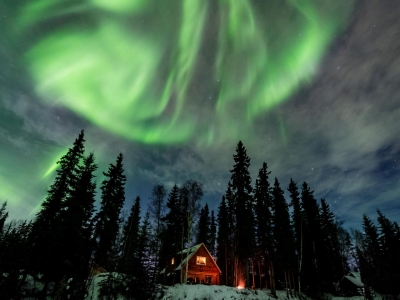
15. The Northern Lights are Always Happening!
The aurora is always dancing above our heads– however it is only in ideal conditions that we are able to see them with our naked eyes. Weather and clouds must not be obstructing the view of the upper atmosphere; the sky must be dark enough to create the contrast needed to see the lights; and the intensity of the aurora must be adequate enough to create a strong show!

So even on our longest, sunniest day here in Fairbanks- June 21st, summer solstice- the northern lights are still up there dancing! We just need the dark sky as a background for our eyes to see them!

16. Hot…but Cold?
Even though the aurora is the product of a massive chemical reaction that is expressed in the release of energy and light, there is not much heat involved. As a matter of fact, the density of the atmosphere is so low at the altitudes that the aurora occurs that the temperature would actually feel many, many degrees below zero (Fahrenheit).

17. A Sight to Behold!
Much like seeing live animals native to Africa or the ancient buildings of Europe, seeing the northern lights is a relatively rare experience among the citizens of the world. However, in Fairbanks, Alaska your odds of seeing the aurora increase to 90% if you stay for more than three nights! Three days is the minimum amount of time that it should take for any obscuring weather to move away from the Interior of Alaska, as well as turn around any temporary poor luck in the aurora forecast!

We hope that you enjoyed our fun list of science facts about the aurora borealis! As we say here in my lab– when we understand how it all works, Alaska is all the more grand! Enjoy your visit to Alaska!
-Northern Lights Ned
Check out more science articles written by me HERE


